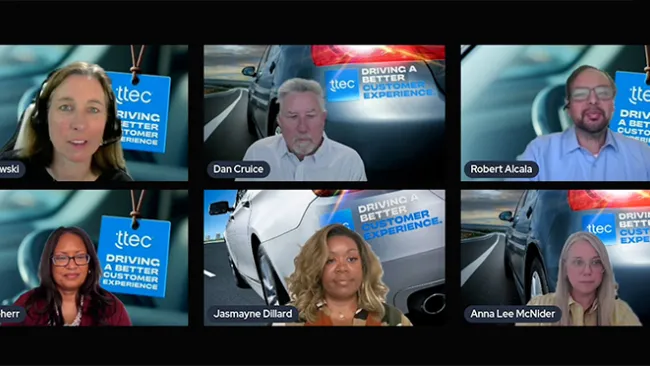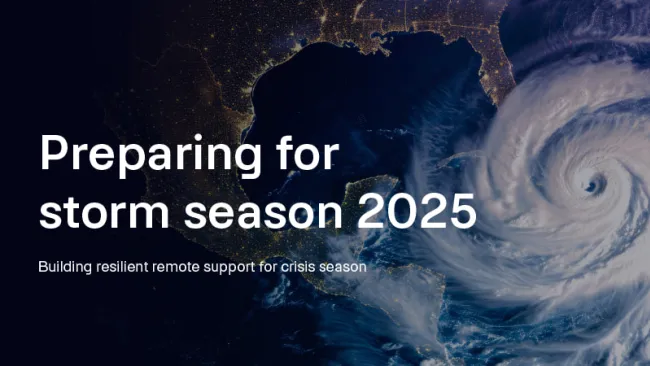To combat the spread of COVID-19, many health experts are looking to significantly expand contact tracing programs. The practice is credited with helping contain SARS in 2002 and Ebola in 2014, along with other outbreaks like measles and smallpox around the world.
Because so many people are asymptomatic with COVID-19, it’s a critical tool to stay ahead of potential hot spots and understand how and where the disease is spreading.
Contact tracing is “the process of identifying, assessing, and managing people who have been exposed to a contagious disease to prevent onward transmission,” according to the Kaiser Family Foundation. For each person who tests positive, contact tracers determine with whom that person has been in close contact, find those people, and quarantine them to prevent further spread. It’s a labor intensive and time-consuming process often led by state and local public health agencies with support from the CDC in the U.S. and WHO across the globe.
While contact tracing itself is not new, “it’s going to take something fundamentally different than what historically has been done before,” to meet the challenges of COVID-19, says TTEC CMO Nick Cerise. The speed and scale of the virus means a new approach is essential. Government agencies are looking at the whole continuum—evaluate, trace, and care—to contain the spread and engage the community in new ways.
Large-scale contact tracing will be a massive undertaking
Medical experts recommended the CDC deploy as many as 100,000 new people to assist states in conducting contact tracing. Johns Hopkins Center for Health Security and the Association of State and Territorial Health Officials are calling for $3.6 billion in emergency funding from Congress to make it happen. “We are going to need a substantial expansion of public health fieldworkers,” CDC Director Robert Redfield recently said in an interview on NPR.
With a standard recommendation of 30 tracers per 100,000 people, there is an enormous need to get people out in the field to conduct contact tracing. On average, each tracer can make about 16 calls per day. But the precise number varies based on local community factors.
Traditional efforts to interview patients, track down their contacts, and inform those people of potential exposure take about three days per case, plus a typical 14-day daily monitoring period of exposed contacts. This is far too arduous and slow to keep up with the current COVID-19 outbreak. The old ways of contact tracing will not be sufficient. It will take a blend of old-school legwork and cutting-edge digital tools.
Create a flexible contact tracing operation that maximizes people and technology
Apple and Google recently announced plan to share Bluetooth data from iPhones and Androids to anonymously alert people who were in contact with infected people based the proximity of their phones. The technology is being made available to developers around the world. It is designed to supplement traditional contact tracing efforts happening in the public sector. It will also require users to opt-in to receive alerts and proactively submit information when they become infected.
Besides apps, mobile messaging and automation are emerging as key digital contact tracing touchpoints focused on scale. Messaging allows for four times as many contacts as a voice call, which reduces the number of people needed to conduct outreach. And the public prefers it. In one example, a state that offered messaging saw a 50% adoption rate within a few days.
Other benefits of messaging include:
- Operations can be deployed in about 10 days.
- Initial outreach via message on a contact’s mobile phone is more likely to receive a response than the prospect of answering a phone call from an unknown number.
- Daily text messages are efficient ways to reach exposed contacts to ask if they have developed symptoms.
- Links to other resources (websites, phone numbers) can be easily embedded into messages.
Automation, meanwhile, optimizes time and energy by eliminating the need for people to do redundant, simple tasks. Conversational AI products include powerful tools that allow non-technical personnel, including agents, to classify consumer intents, design bots to automate answers to questions, and to optimize and intervene on bot conversations as needed.
Internally, robotic process automation (RPA) can alleviate back-office and case management backlogs with streamlined processes and automated functions, while Robotic Desktop Automation (RDA) can improve the speed at which employees can serve the public.
Act fast, scale up
States and municipalities are at the forefront of contact tracing activities. Most have modest operations but today cannot support an aggressive increase without resources and financial assistance. Many public health departments are combining efforts with government task forces, non-profit NGOs, and the private sector to create fast and sustained contact tracing programs.
When speed matters and lives are at stake, working with a proven partner with the technology infrastructure, security certifications, training curriculum, and thousands of trained staff at-the-ready gives agencies the ability to act fast and be flexible in fluid situations. Using the combined power of both humans and technology, government agencies can accelerate how they deploy and manage contact tracing programs resources to contain the pandemic.















